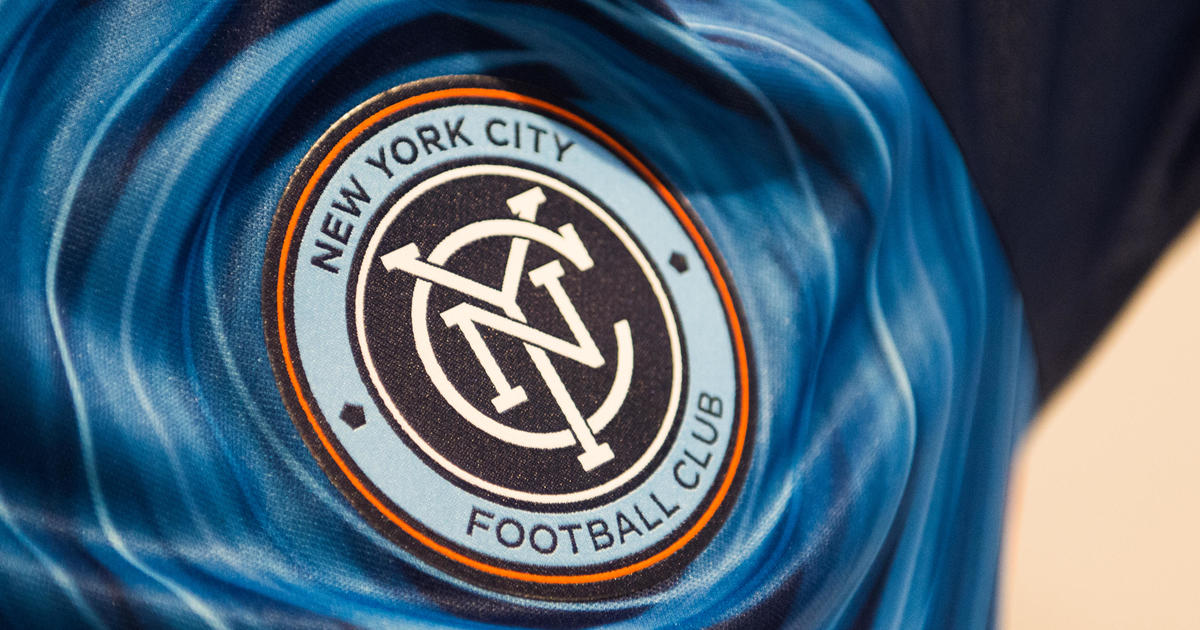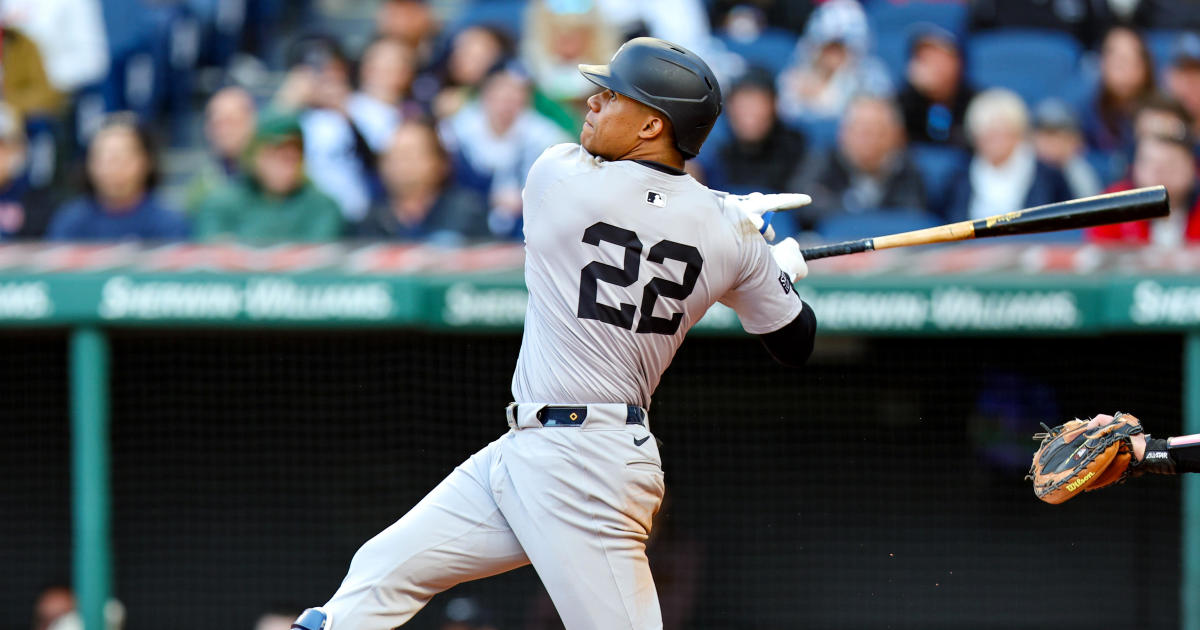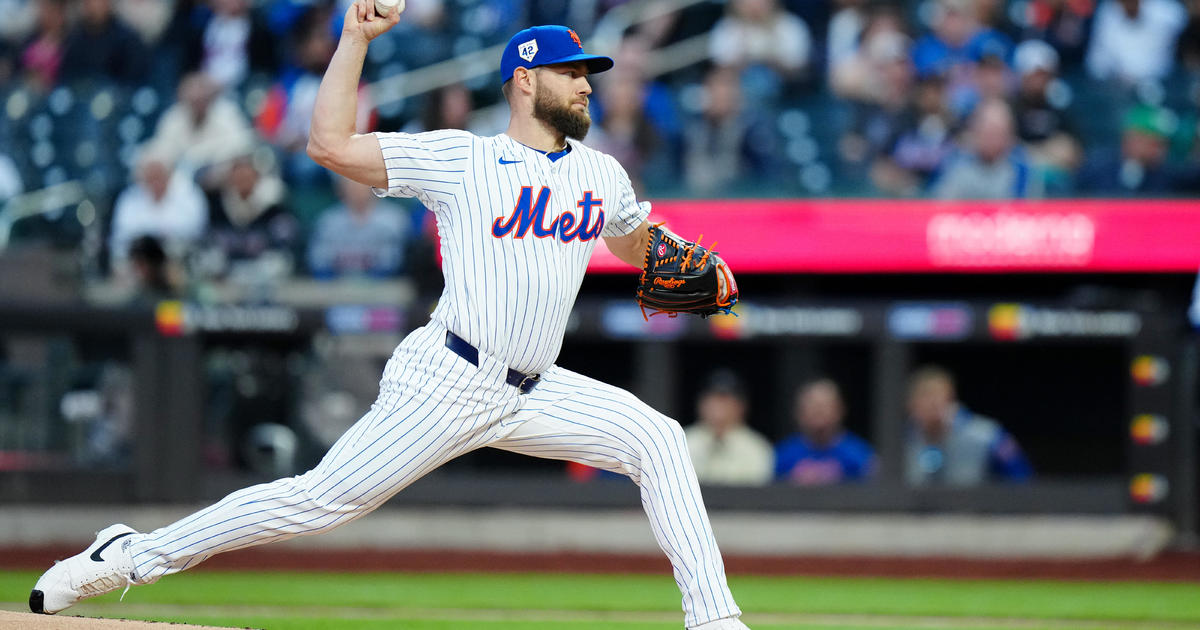Tiger Woods Avoids DQ, Gets 2-Stroke Penalty At Masters
AUGUSTA, Ga. (CBSNewYork/AP) — Tiger Woods got a reprieve Saturday in the Masters when he was given a two-shot penalty for a bad drop after signing his card and still was allowed to stay in the tournament.
Woods' shot on the par-5 15th hole of the second round hit the flag stick and bounced back into the water. He took his penalty drop two yards behind where he hit the original shot, which was a rules violation.
Augusta National reviewed the incident Saturday morning before the third round and added the two-stroke penalty for an improper drop. Woods had a 73 instead of a 71 and went into the weekend five shots out of the lead. He wasn't disqualified for signing an incorrect scorecard under a revised rule — announced at the Masters two years ago — that allows a player to stay in the tournament if a rules dispute was based on television evidence.
Tiger Woods Avoids DQ, Gets 2-Stroke Penalty At Masters
Woods posted a statement on his Twitter feed that said:
"At hole (hash)15, I took a drop that I thought was correct and in accordance with the rules. I was unaware at that time I had violated any rules. I didn't know I had taken an incorrect drop prior to signing my scorecard. Subsequently, I met with the Masters Committee Saturday morning. and was advised they had reviewed the incident prior to the completion of my round. Their initial determination was that there was no violation, but they had additional concerns based on my post-round interview. After discussing the situation with them this morning, I was assessed a two-shot penalty. I understand and accept the penalty and respect the Committees' decision."
LATEST FROM AUGUSTA: LEADERBOARD & MORE
The decision grabbed more attention than any shot at this Masters, especially coming one day after 14-year-old Guan Tianlang was penalized one shot for slow play, which nearly caused him to miss the cut. Woods not only is the No. 1 player and golf's biggest star, he had won two straight tournaments coming into the Masters. He was the overwhelming favorite to win, ending a five-year drought in the majors, and capture the green jacket for the first time since 2005.
While the violation was apparent, Augusta National took the blame by saying its rules committee reviewed a video before Woods finished his round Friday and determined his drop was within the rules. The club said a television viewer prompted the review.
Golf is the only sport where TV viewers act as rules officials. If they see a violation and it turns out to be true, a player must be penalized.
Masters officials did not talk to Woods before he signed his card. Woods, however, indicted himself by explaining how he took the drop.
"I went back to where I played it from, but went two yards further back and I tried to take two yards off the shot of what I felt I hit," Woods said Friday after he signed for a 71, leaving him three shots out of the lead. "And that should land me short of the flag and not have it either hit the flag or skip over the back. I felt that was going to be the right decision to take off four (yards) right there. And I did. It worked out perfectly."
He hit that fifth shot to about 4 feet and made the putt for bogey.
Another TV viewer called after Woods' interview, prompting another review.
POWER RANKINGS: TIGER TAKES TOP SPOT
Rules 26-1 says that if a player chooses to go back to his original spot, the ball should be dropped as "nearly as possible" to the spot where it was last played. Photos and video shows his ball dropped at least a yard behind his previous divot.
"After meeting with the player, it was determined that he had violated Rule 26, and he was assessed a two-stroke penalty," Fred Ridley, chairman of the Masters' competition committees, said in a statement. He said the penalty of disqualification was waived under Rule 33 because the committee "had previously reviewed the information and made its initial determination prior to the finish of the player's round."
Rule 33 states that disqualification can be waived at the committee's discretion. However, a decision that accompanies this rule says that the committee would not be justified to waive the DQ if it was a result of the player's ignorance of the rules or if he could have reasonably discovered his mistake before signing his scorecard.
"There is some leeway with the signing the incorrect card. Not with intentionally not dropping as near as possible," David Duval said on Twitter.
That it involved Woods only made it a bigger issue.
At Hominy Hills Golf Course in Colts Neck, N.J., Saturday, golfer Joe said Woods' penalty showed a double standard at play.
"I guess when you're popular like that and they're trying to protect the game, and that's probably why he got off," Joe said. "I think if it was anybody else, I think it would have been a different story.
But Tiger brings in viewers, and that translates into money, he told 1010 WINS' Gary Baumgarten.
In one of his more famous incidents, Woods hit a shot that went onto the roof and over the back into a parking lot at Firestone. The ball was never found, and because there was no out-of-bounds, Woods was correctly given a free drop by the practice range. Last year at Quail Hollow, he hit a shot left of the fifth green that was never found. He was allowed a free drop because fans said a man picked it up and ran off.
"Take the fact that it was Tiger out of the equation and it is a fair ruling. Since it is him the debate begins about TV ratings etc etc," former U.S. Open champion Graeme McDowell said on Twitter.
The revision to Rule 33 was based upon the modern era of television. One example cited was Padraig Harrington, who opened with a 65 in Abu Dhabi at the start of the 2011 season. He was disqualified when a slow-motion replay on high-definition TV revealed that his ball moved ever so slightly after he replaced his marked. Harrington didn't realize it had moved — a two-shot penalty — and was disqualified for an incorrect card.
That same year, Camilo Villegas was disqualified in Hawaii when a TV viewer noticed he tamped down a divot in an area where his chip was rolling back down a slope. Rule 33 would not have applied there because Villegas did not know the rule.
Woods started the year with a rules violation. He took relief from an imbedded lie in a sandy area covered with vines in Abu Dhabi. It was determined that relief was not allowed in the sand. He was docked two shots before signing his card, and it caused him to miss the cut.
This is not the first time Augusta National had to review an incident involving Woods. In the opening round of 2005, he leaned over to tap in for par on the 14th hole and it appeared his right foot was behind the line of his putt — a violation of Rule 16-1e that a player's foot cannot touch an extended line behind his ball. Officials deemed the tape inconclusive. Woods went on to the win the Masters.
Woods gets more air time than any other player.
"It is a very uneven playing field out there," said Curtis Strange, a two-time U.S. Open champion and analyst for ESPN. "We do have the call-ins. Tiger broke the rules yesterday. It gave him a two-stroke penalty. I think that's enough."
Reporters were kept away from the front of the clubhouse when Woods arrived alone in a black SUV. He changed shoes and headed to the practice range.
Hunter Mahan summed up the mess on Twitter: "If you think tiger should be DQ'd you're not wrong, if you think 2 shot penalty is enough you're not wrong. Not sure the right answer."
(TM and © Copyright 2013 CBS Radio Inc. and its relevant subsidiaries. CBS RADIO and EYE Logo TM and Copyright 2013 CBS Broadcasting Inc. Used under license. All Rights Reserved. This material may not be published, broadcast, rewritten, or redistributed. The Associated Press contributed to this report.)



